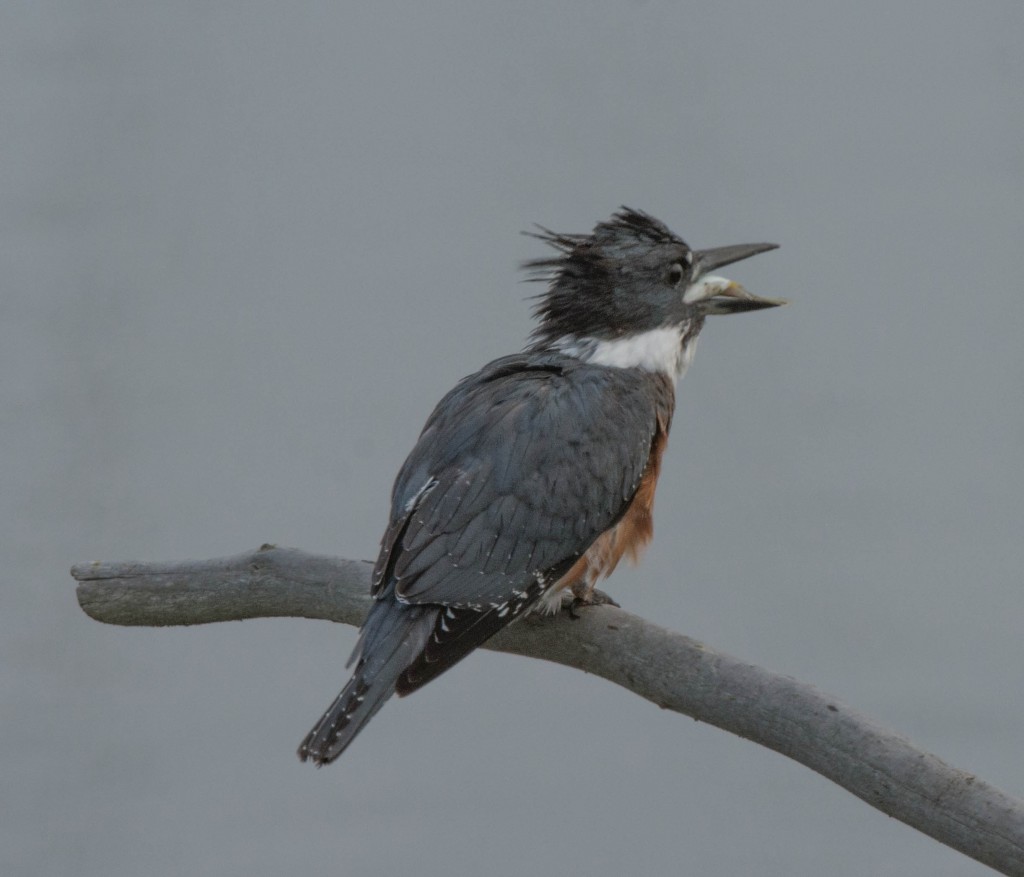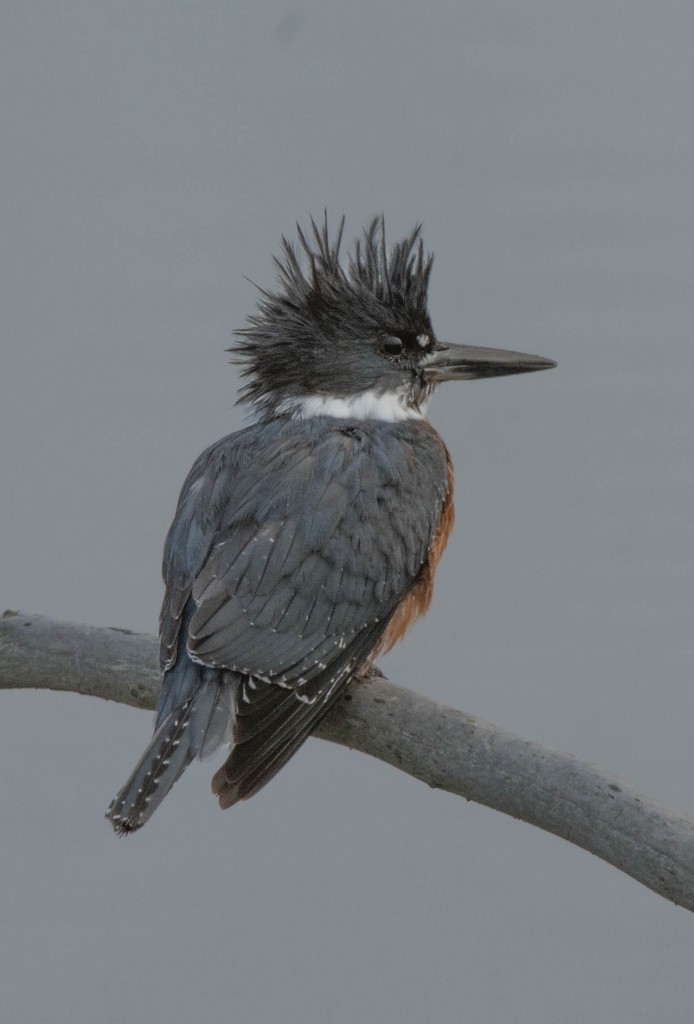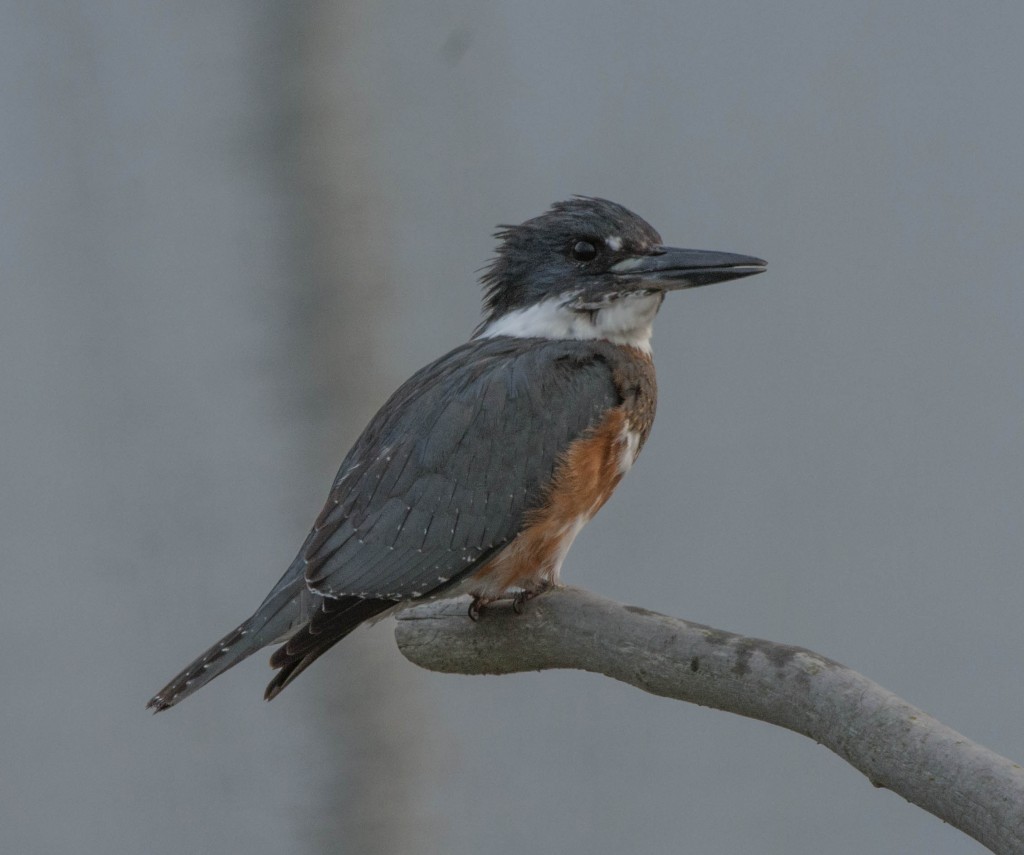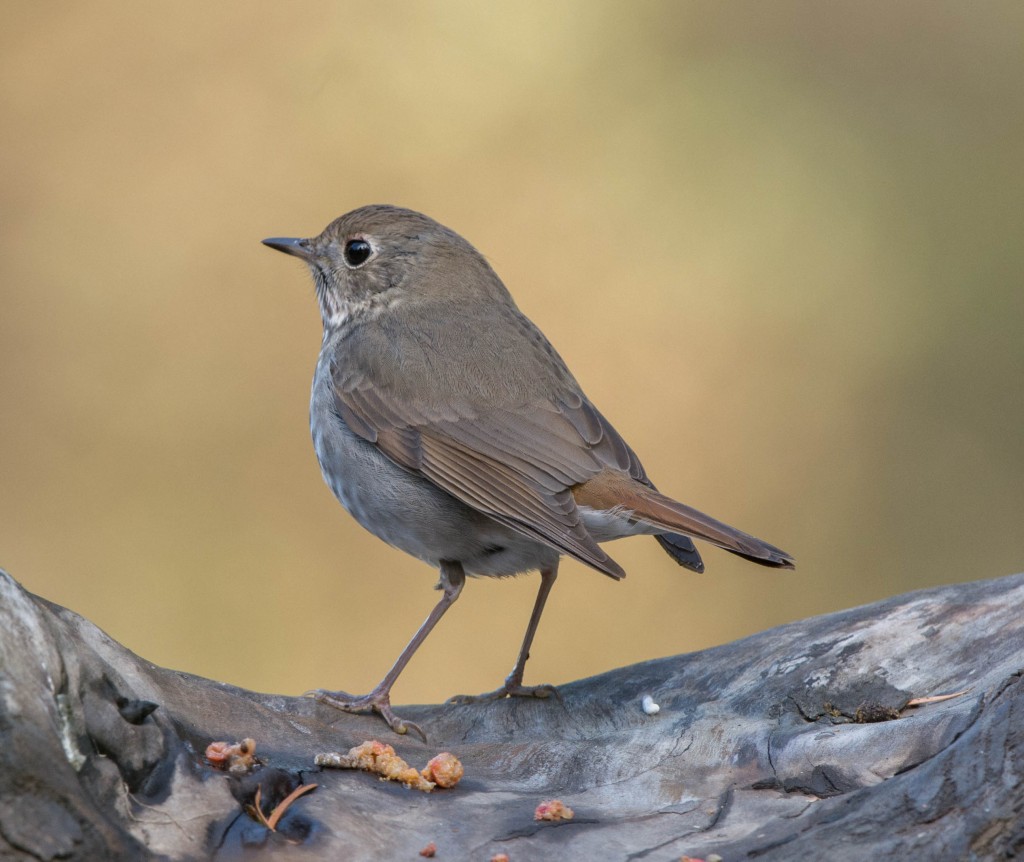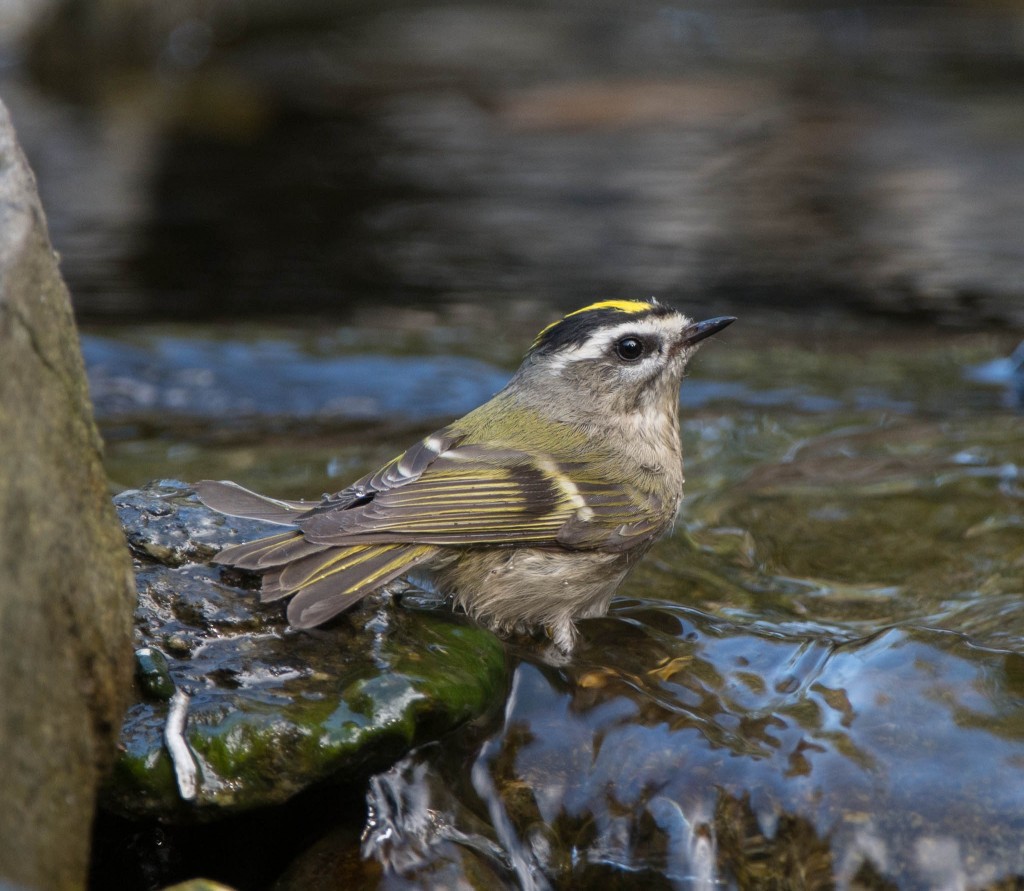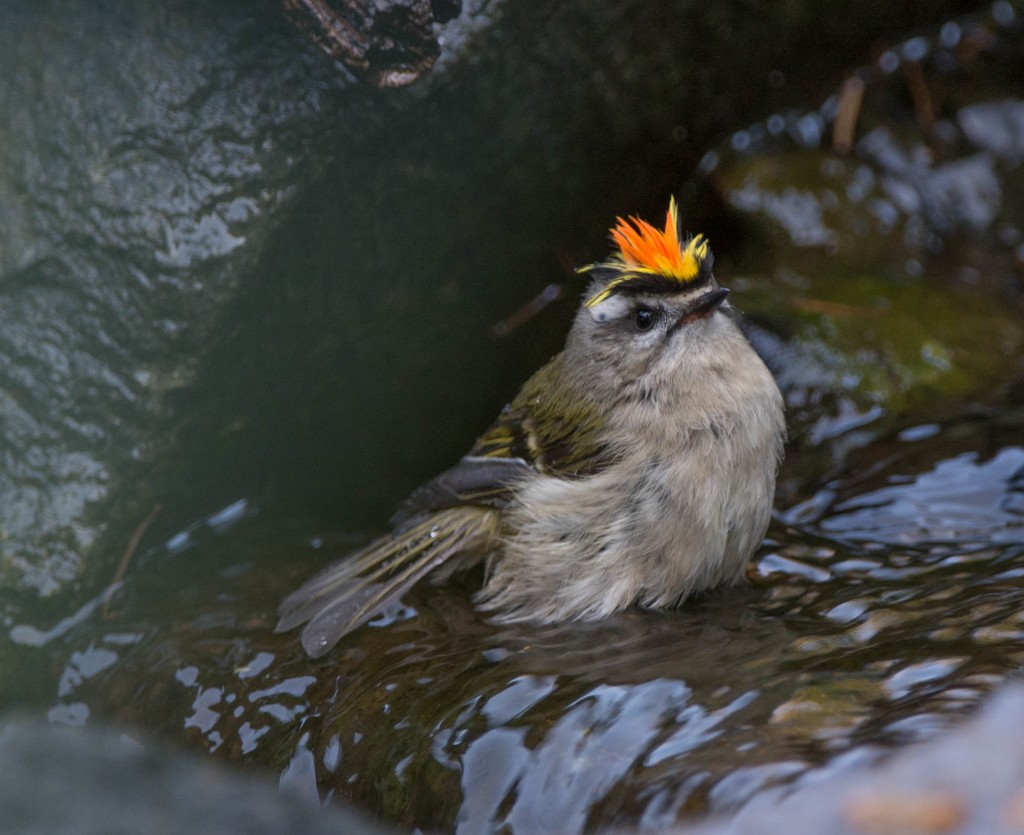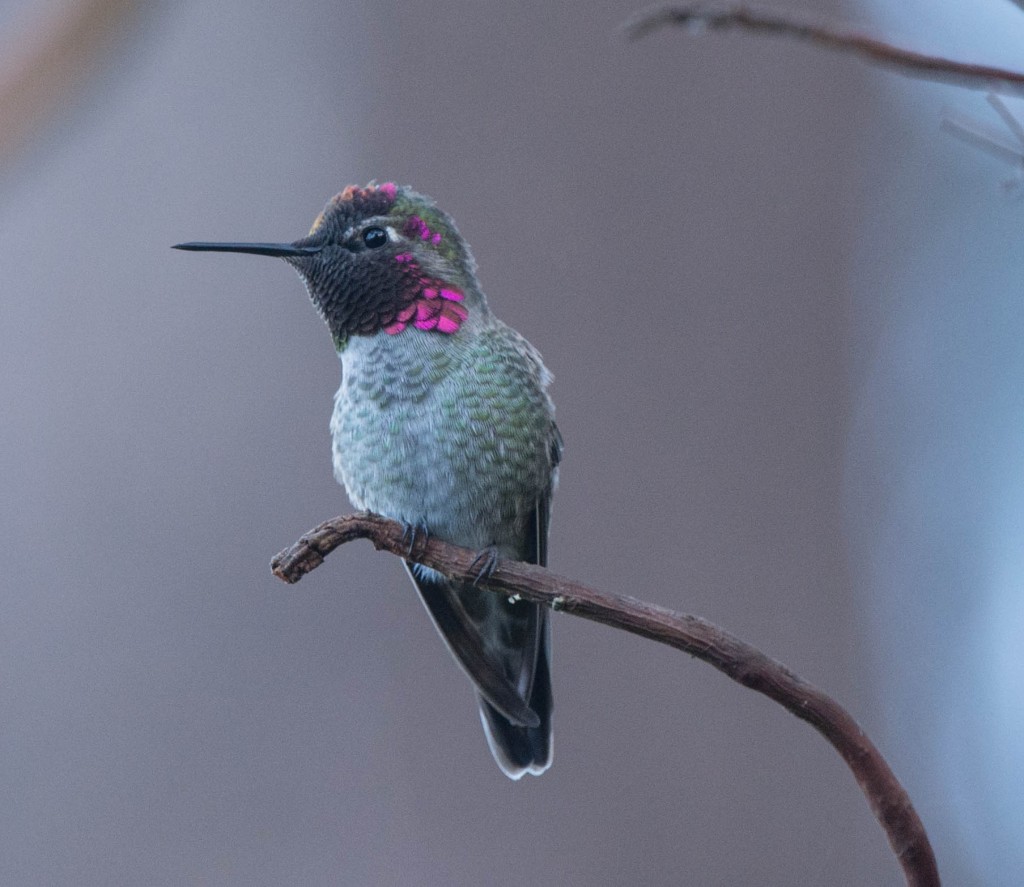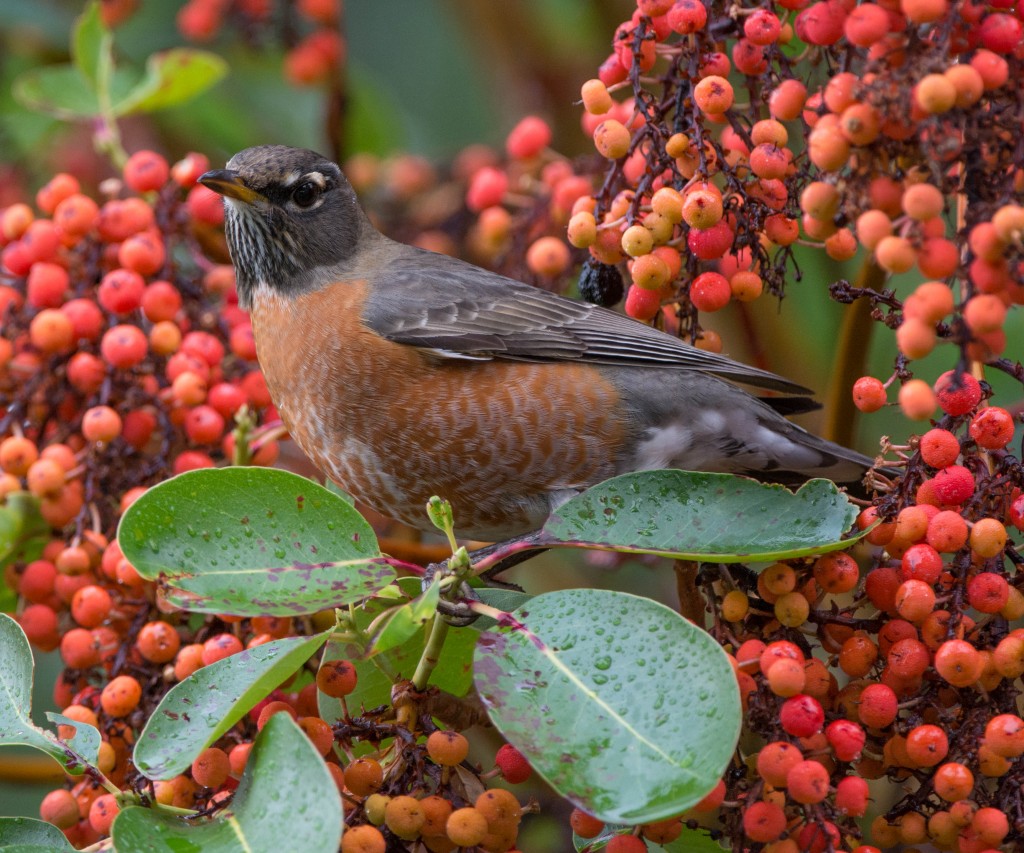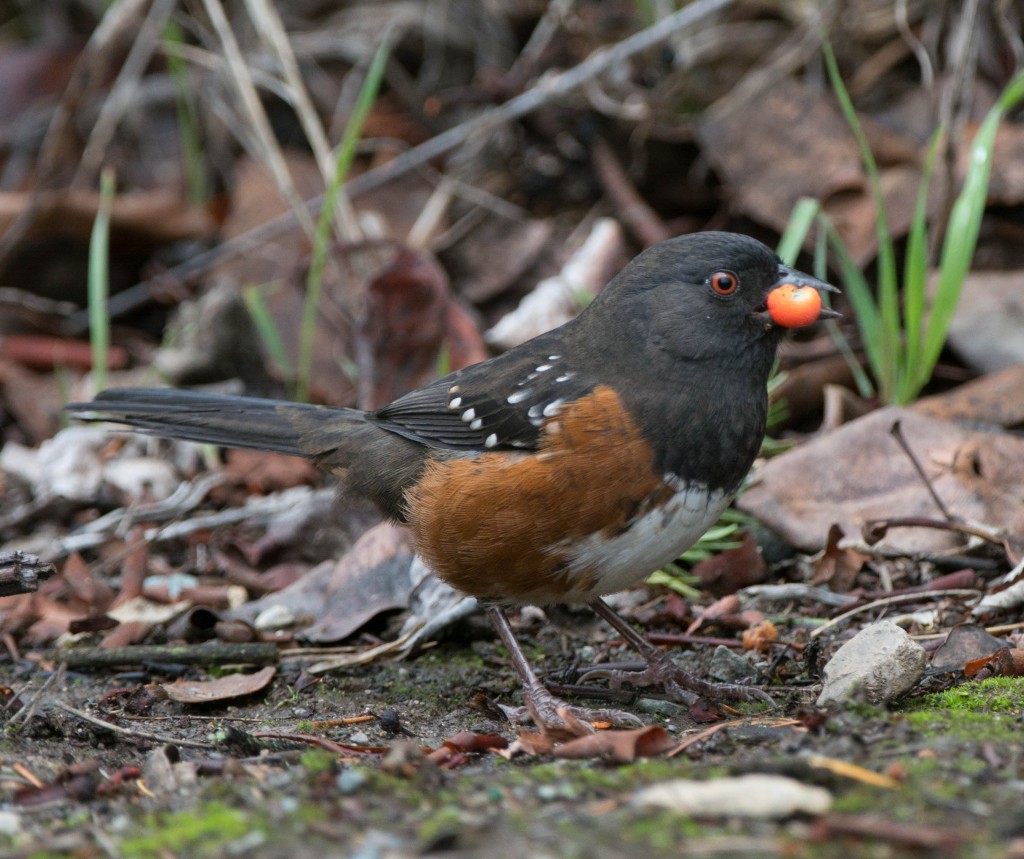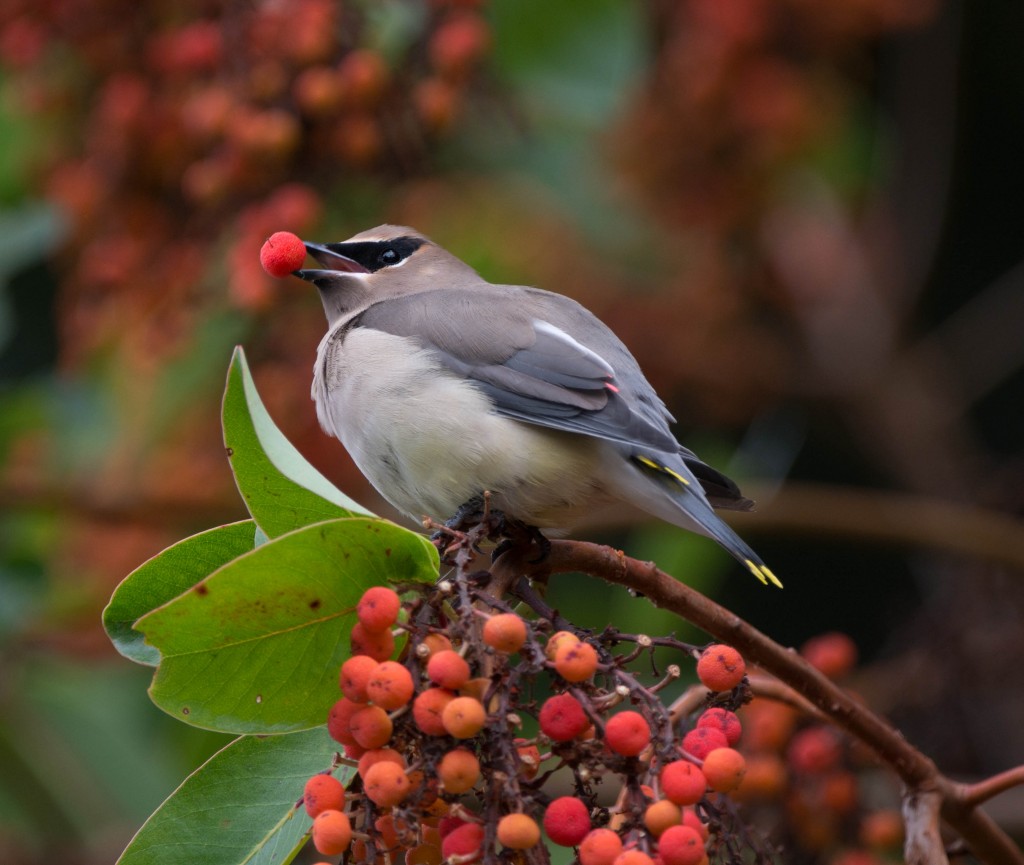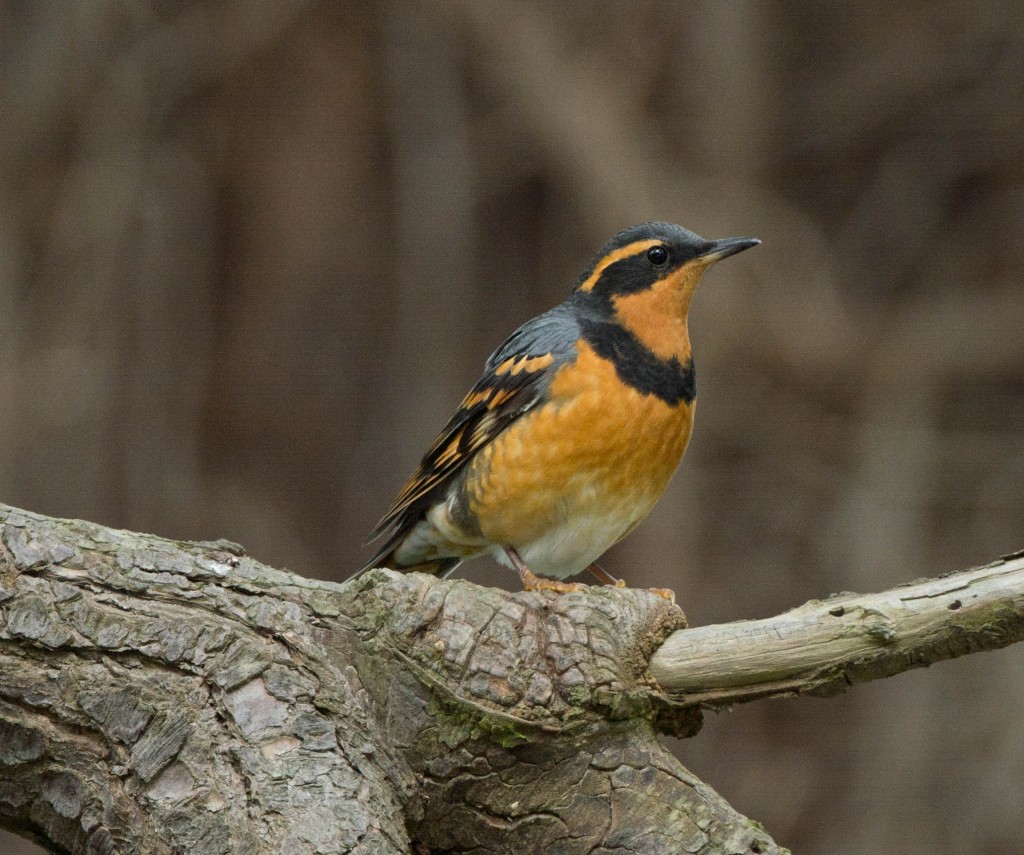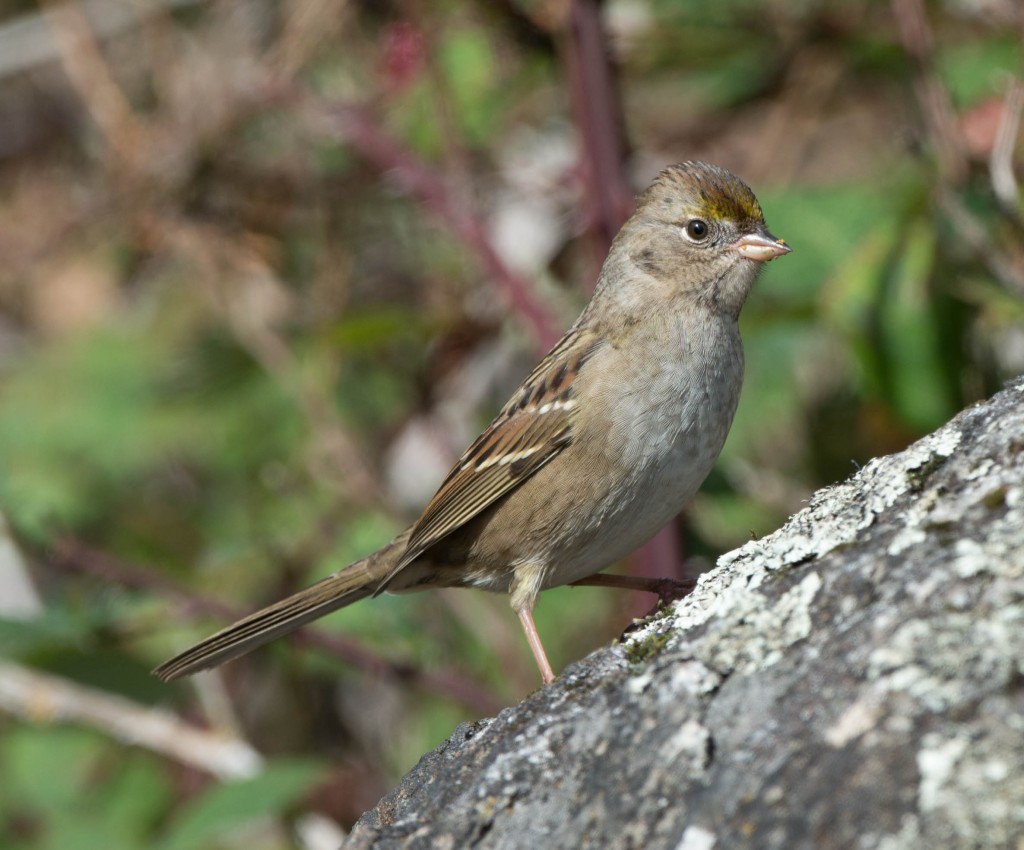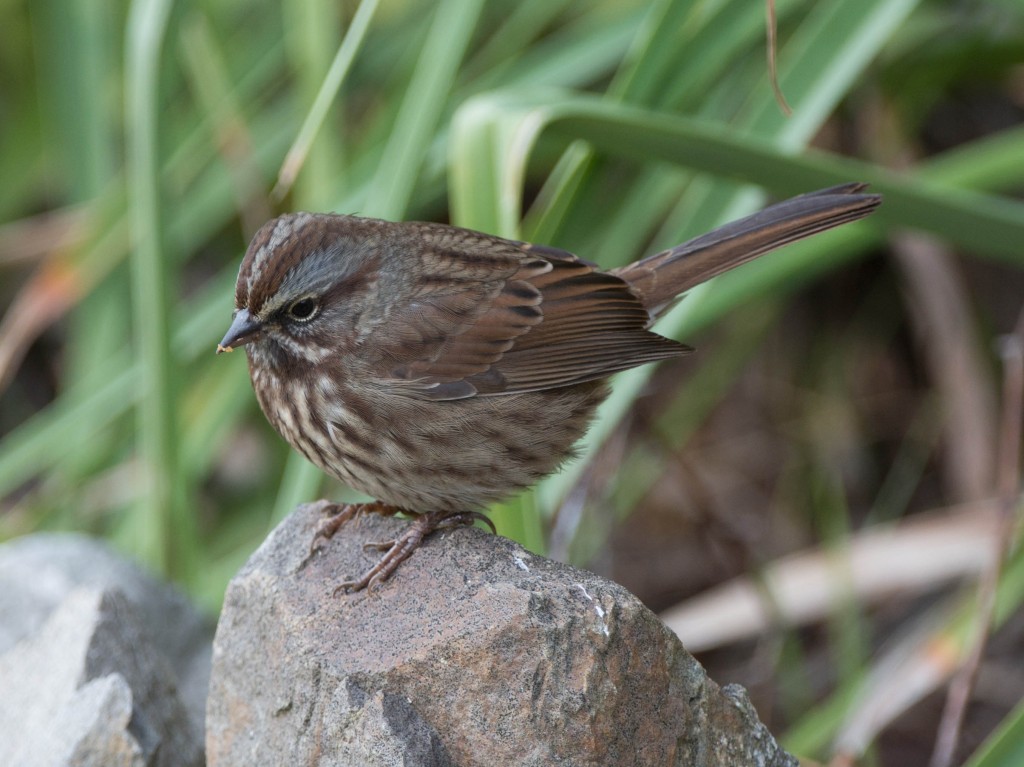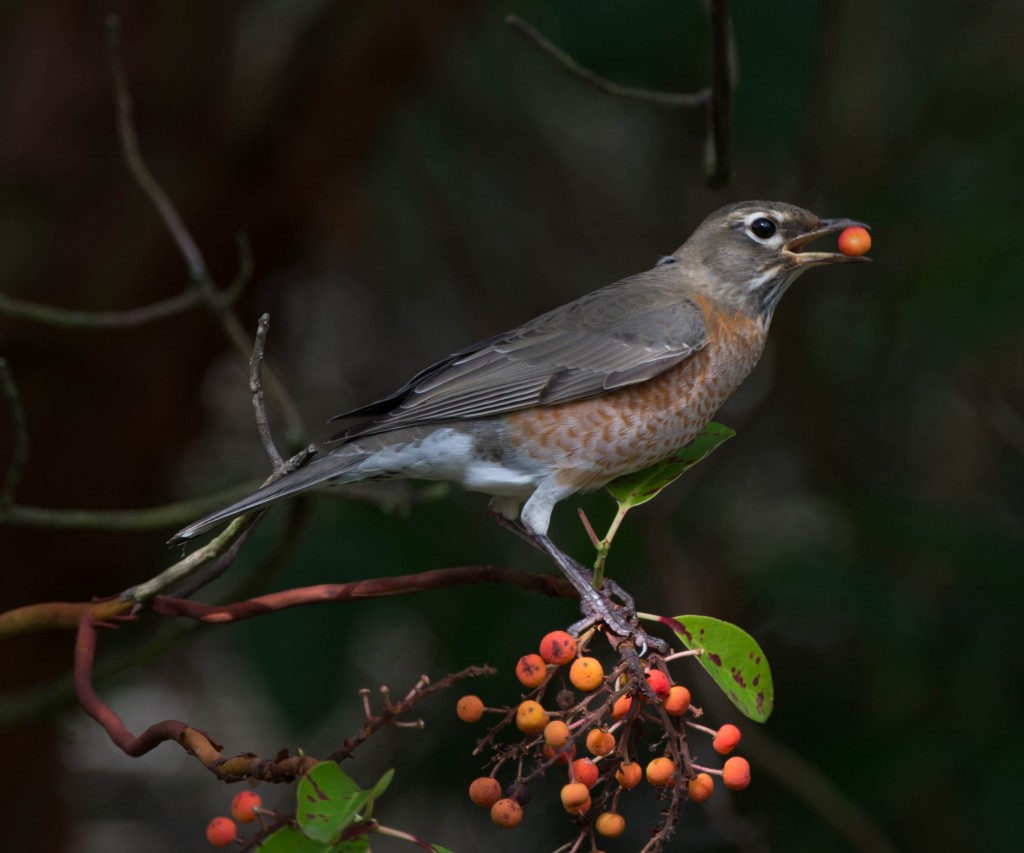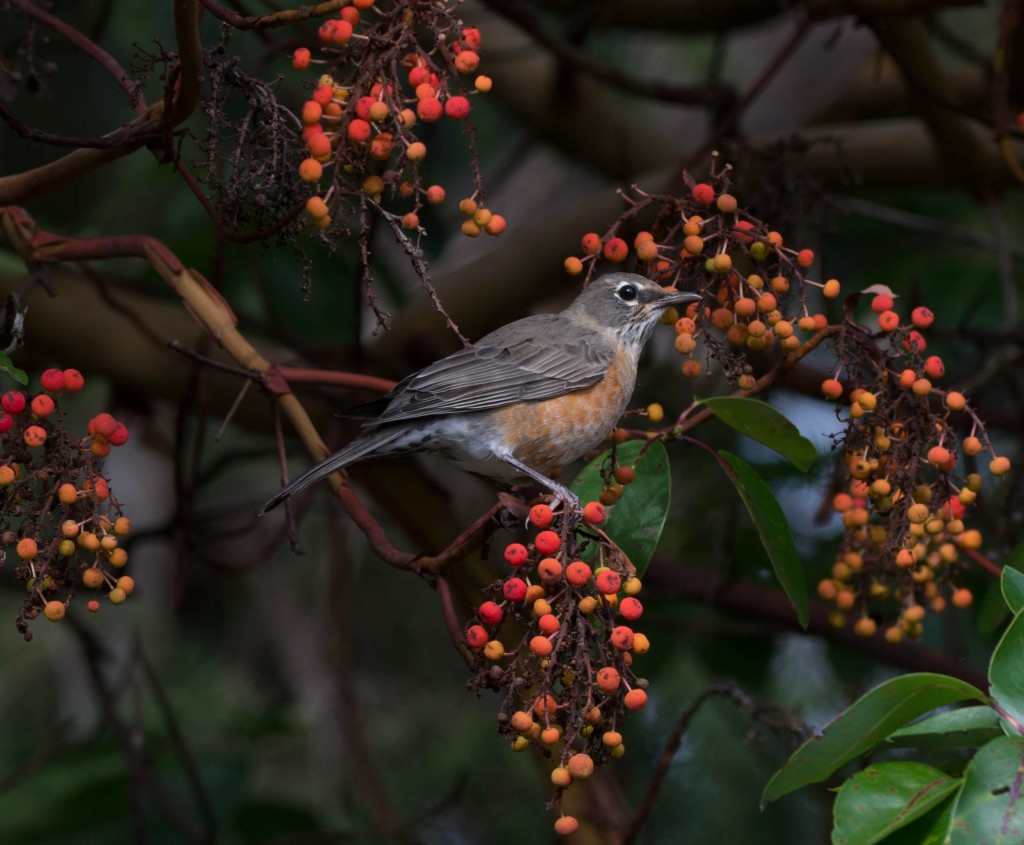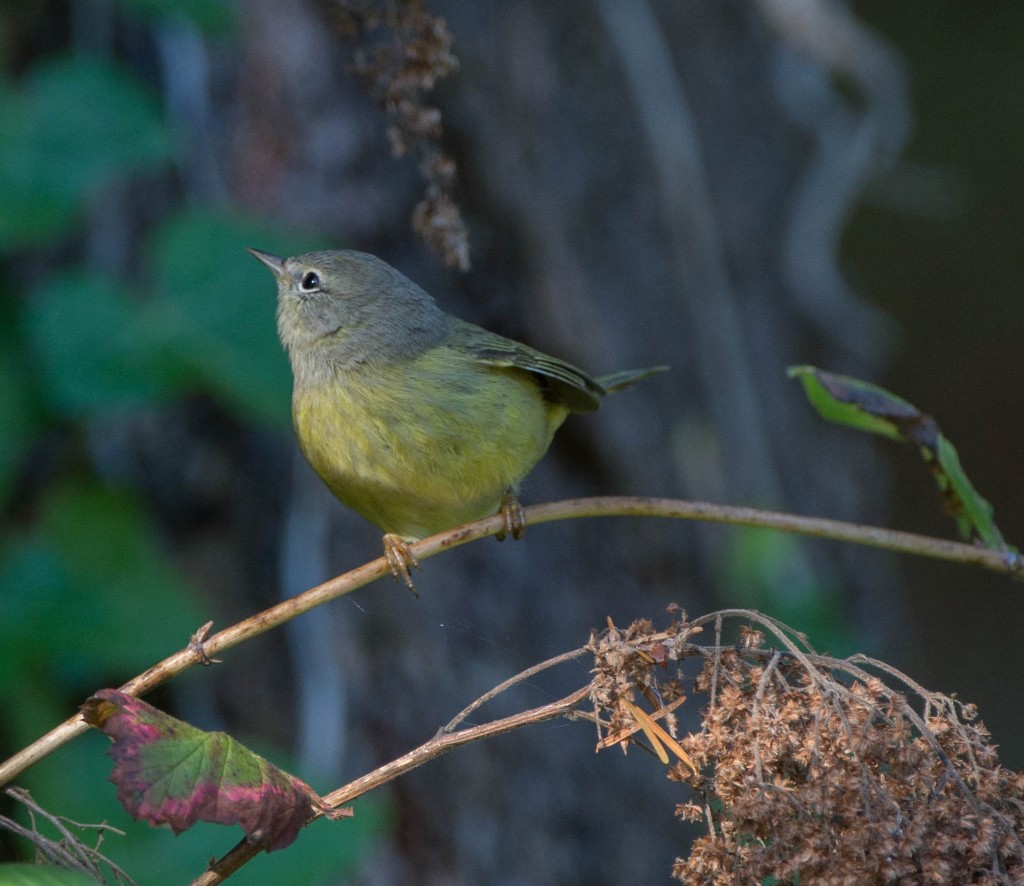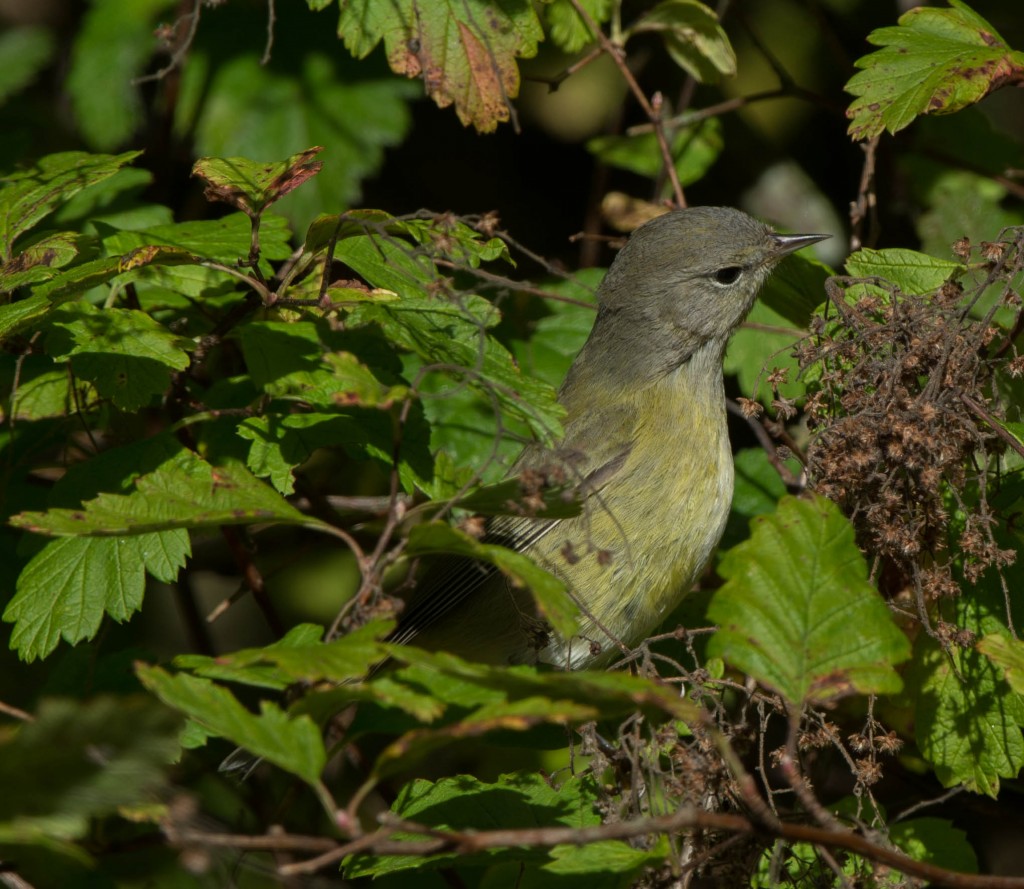On Thursday, Oct 10, 2013 we had a break in the weather and I used the opportunity to forgo my usual morning nap and head out birding for the day. It was a good choice.
As I drove the March Point Road I was disappointed to see that the tide was out. This normally has two downsides… there aren’t as many shorebirds and any shorebirds or waterfowl I find are further away, therefore my picture resolution will not be as good. I had driven most of the shoreline portion of the drive when I spied a Great Blue heron fishing in the shallows. I watched it for a minute and took a couple of photos. Just as I decided to move on and the car was rolling behind a bush I saw it catch a rather large fish. I backed up and began taking photos. I have fishing/outdoor friends who I’m sure can identify this fish, and if I find out what it is I’ll modify this post since the fish looked rather interesting. It appeared to have lots of fins and spines and looked not at all appetizing to me, but in the end that didn’t save it from the heron who, after lining it up with it’s beak, swallowed it in one fast, fluid move!
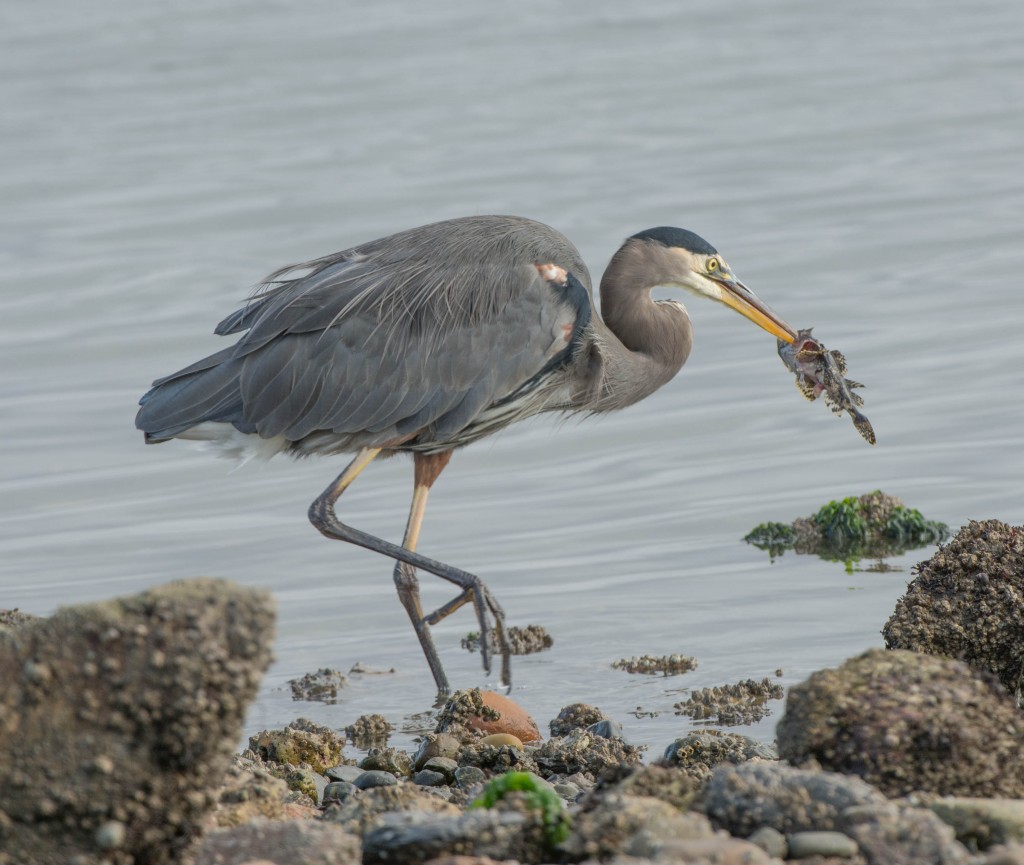
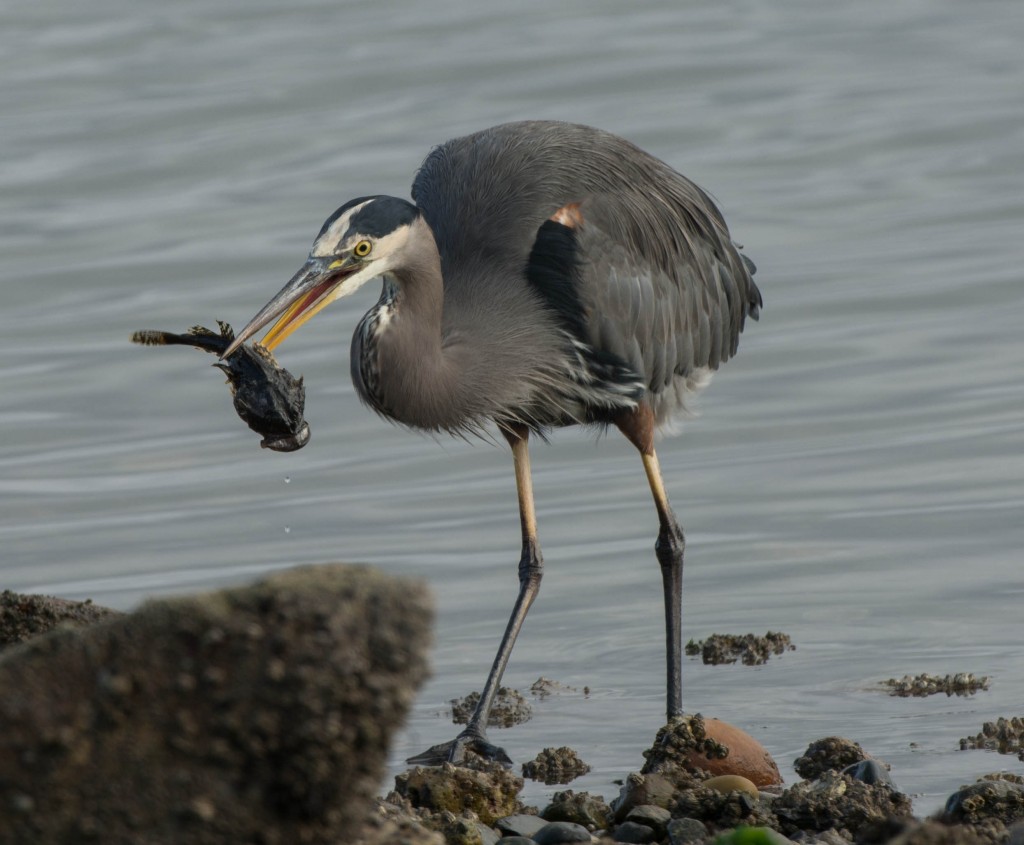
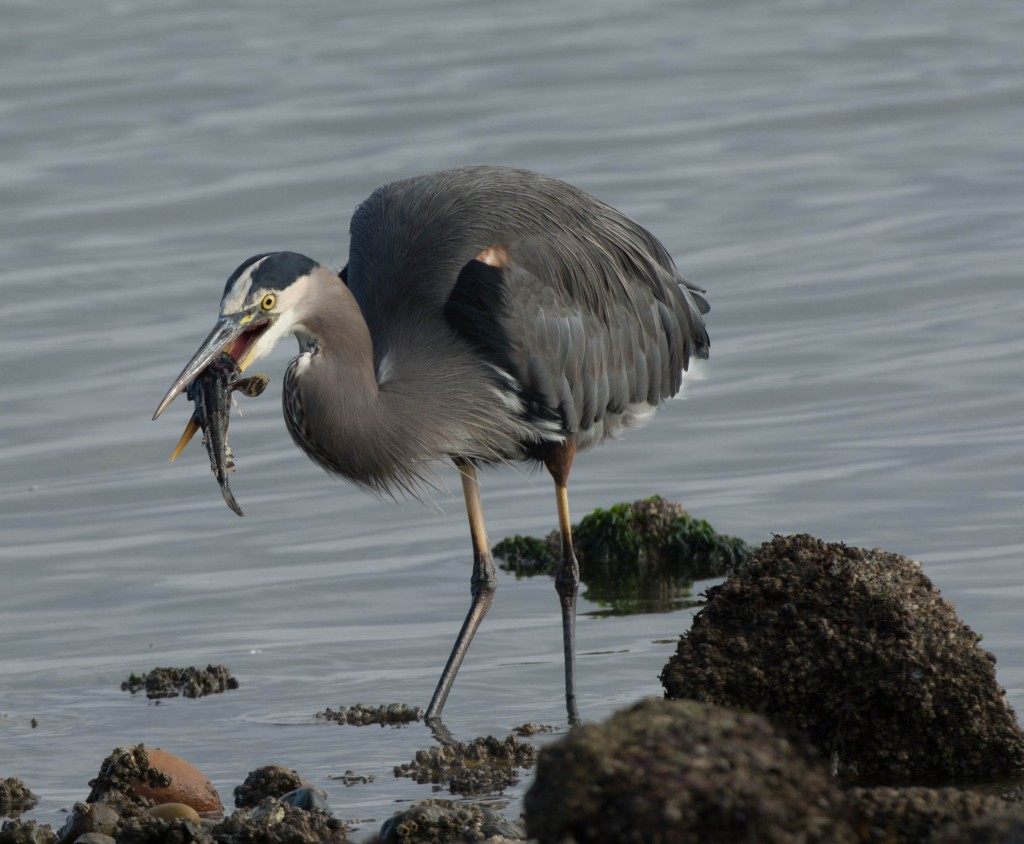
I next happened on what was apparently an apple tree… one I had driven by many times before except that this time I realized that there were some House finches feeding on the apples. I didn’t have good lighting but saved several of the photos anyway.
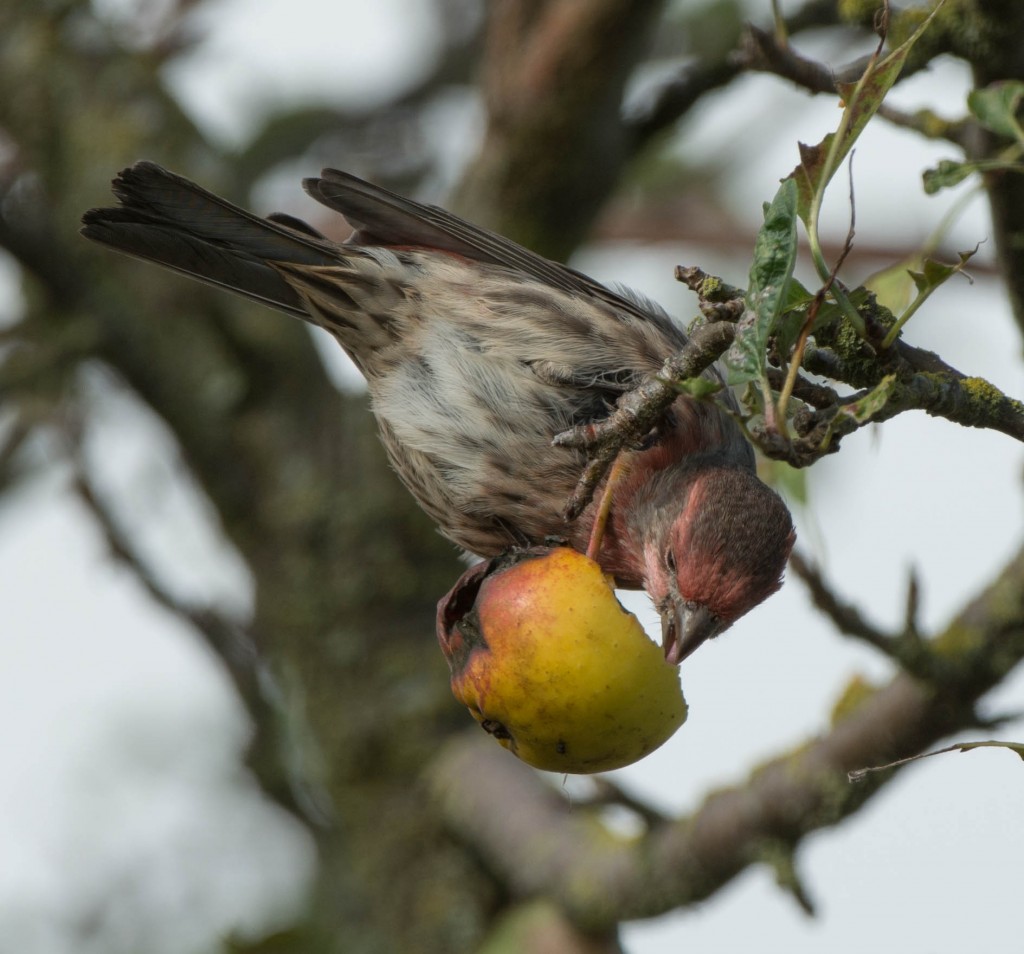
Male House Finch eating an apple
Next up was Fir Island and the Jensen Access (WA Department of Fish & Wildlife) where I managed to photograph one or more Song sparrows and a Marsh wren. I also saw a bright yellow warbler but it managed to elude me by descending from a tree in which it was perched into the tangle of blackberry bushes below.
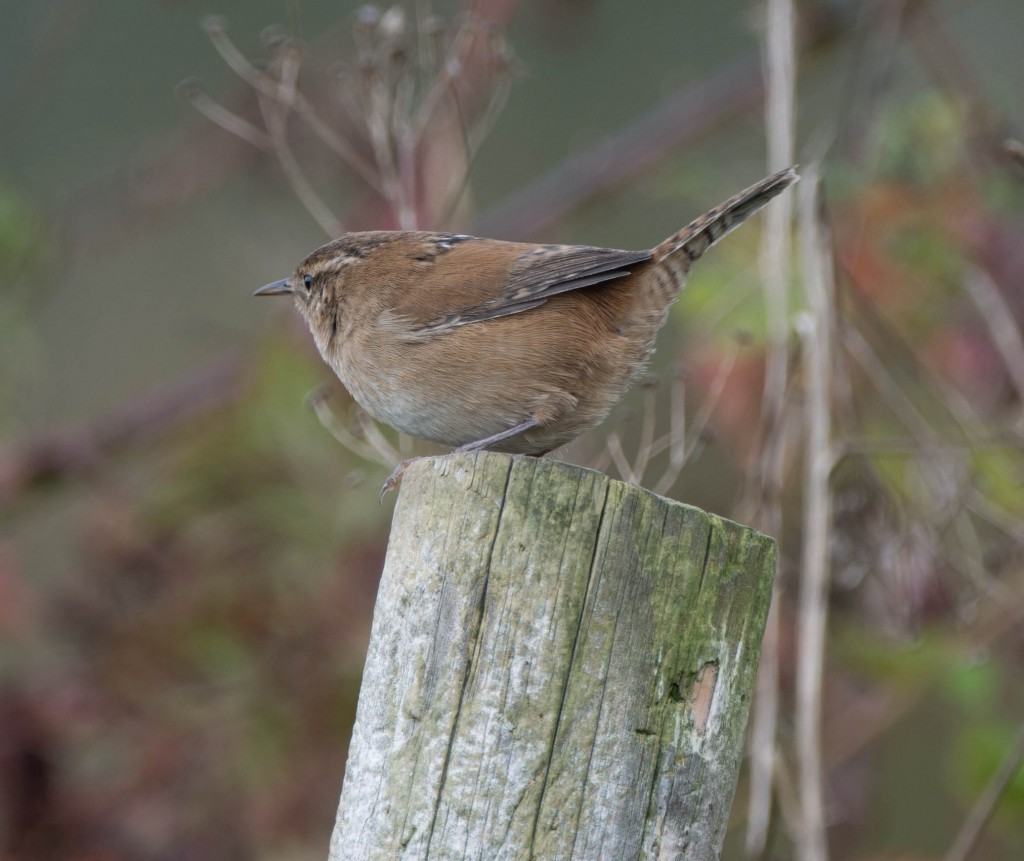
Marsh Wren
At the Jensen Access I met with a photographer/friend and we drove to the WADF&W HQ tract. There I found quite a few Cedar waxwings, most of which were juveniles without a crest, a Winter wren (now known as the Pacific wren) and a Hermit’s thrush.
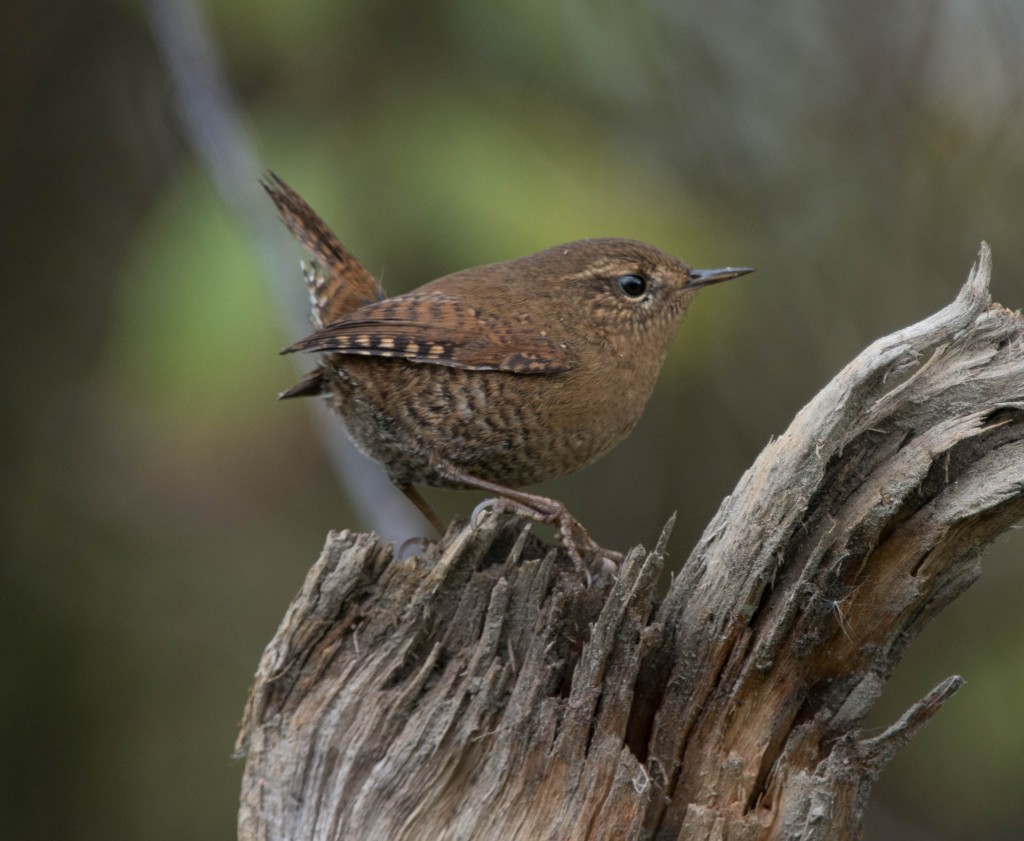
Pacific Wren, formerly known as the Winter Wren
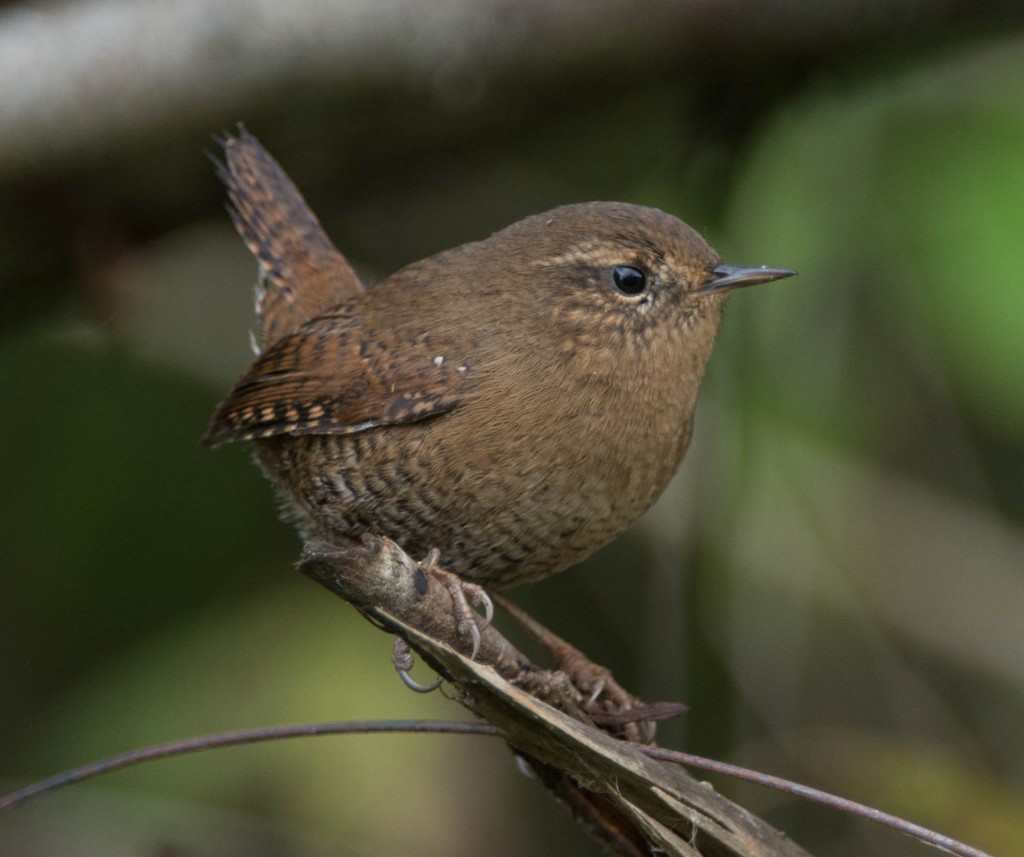
Pacific Wren, formerly known as the Winter Wren
I normally wouldn’t include this photo of the Hermit’s thrush but I have very few photos of them and I had a friend asking about one that had been killed in a window strike, so here it is. Note the contrasting reddish/brown tail.
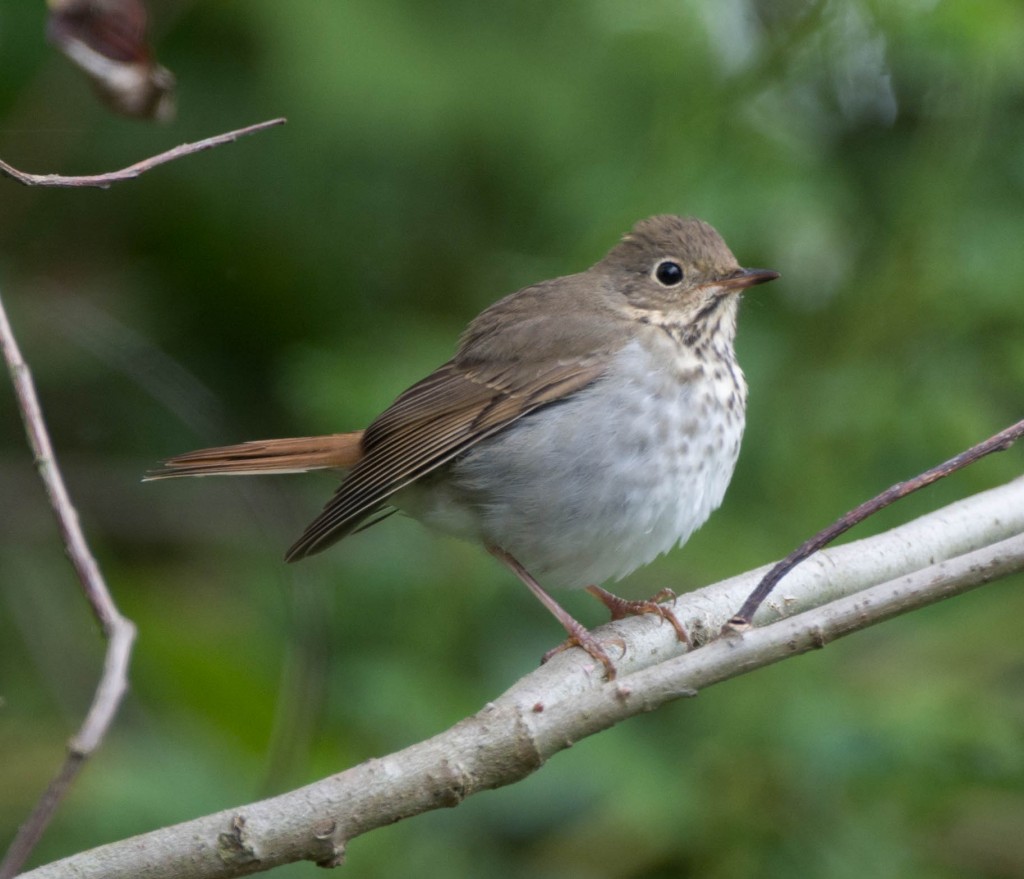
Hermit Thrush

